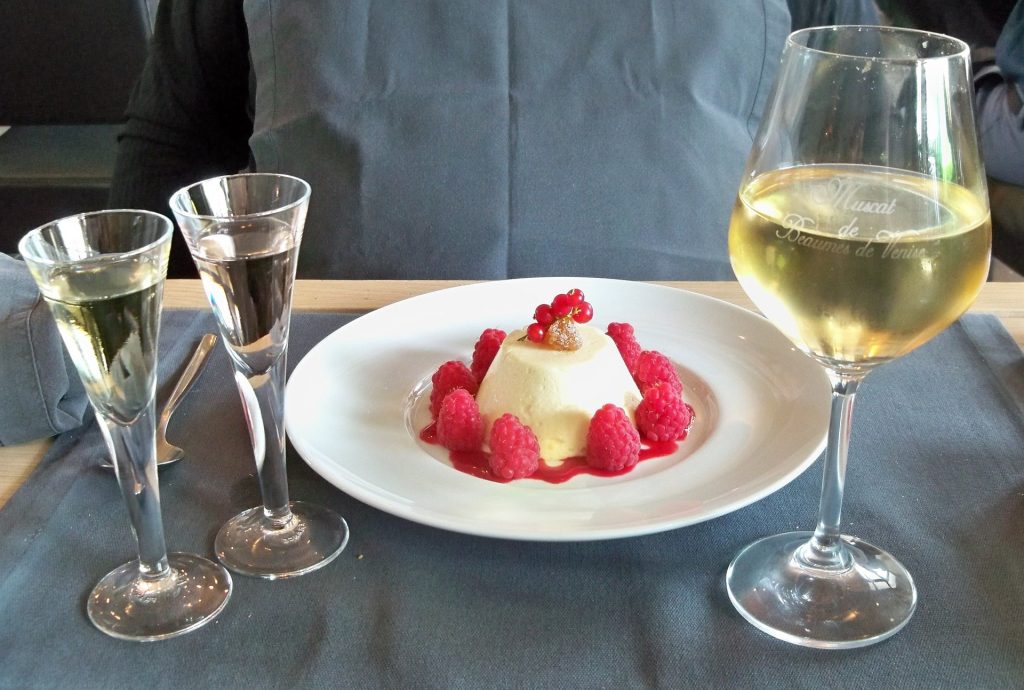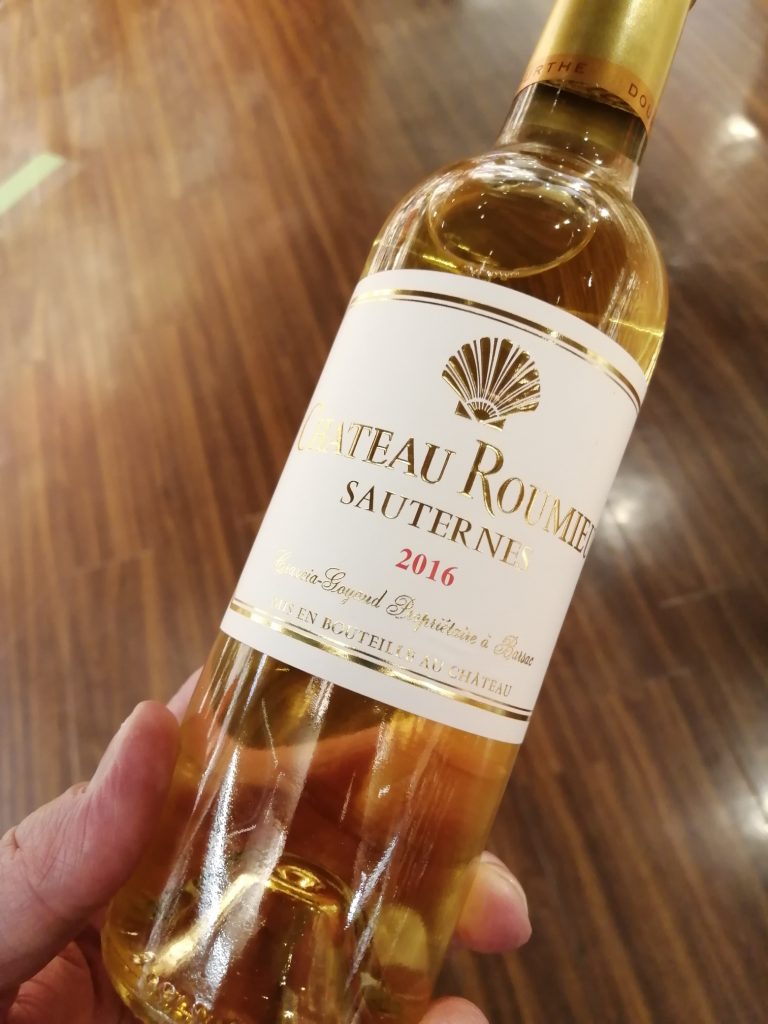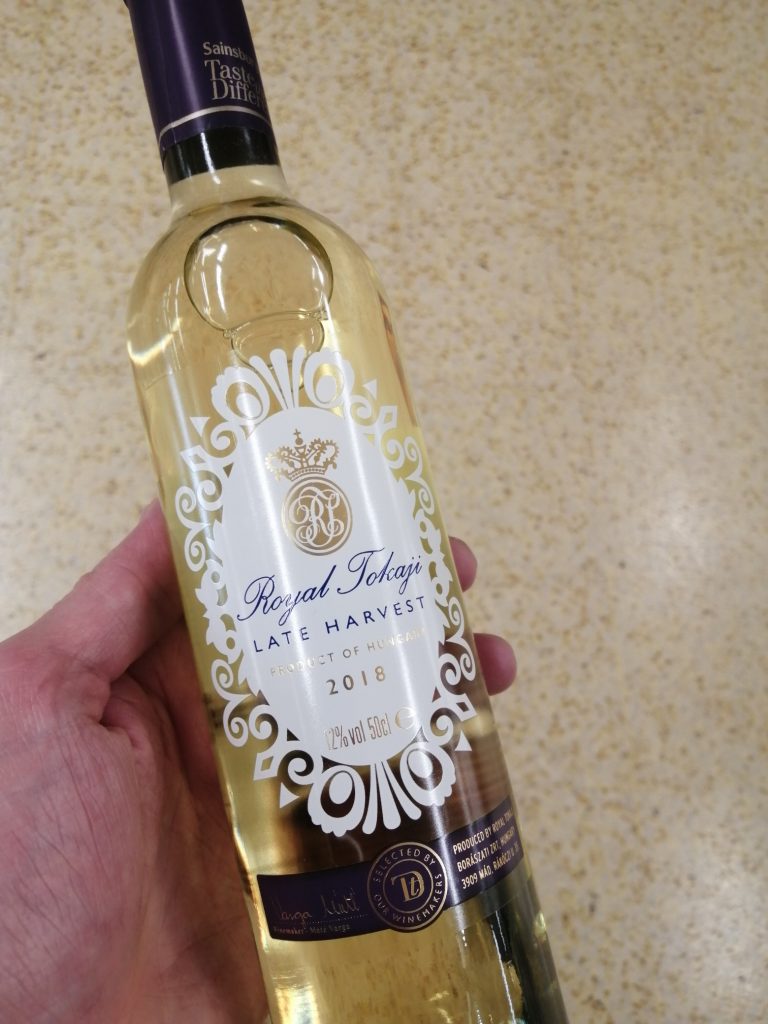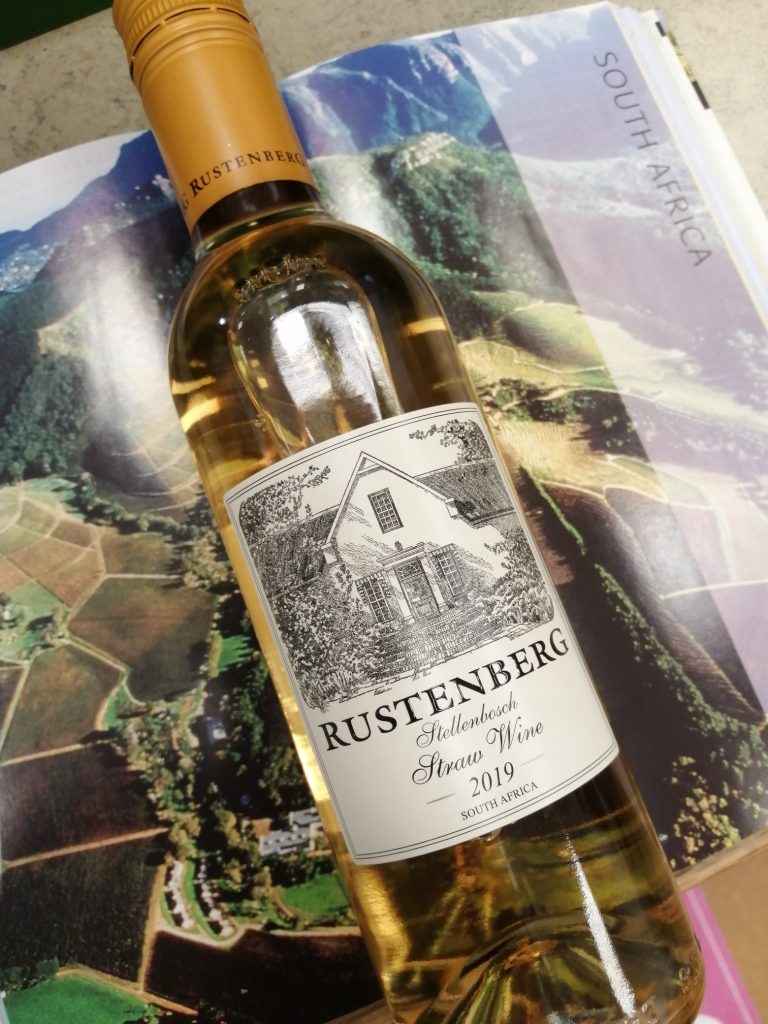
This time, I wanted to focus on the sweeter side of the vinous world, diving into the niche, but glorious subject of dessert wines! I have a penchant for this style and have a habit of walking out of various independent merchants and nationwide retailers with a bottle of something-or-other decadent and sweet, but struggle to get other people to fall in love with them.
It is a very small part of the wine industry, the production methods used make it expensive to produce, it’s also economically risky to grow the grapes that go into this style of wine, and with general dinner party etiquette in this country deferring to port and other fortified wines as a way of finishing off a meal, many producers just don’t see them as an important part of their range.
However, back in Roman and medieval times, sweet white wine was seen as the best quality and saved for only the best occasions and many countries have rich winemaking histories based on famous sweet wines that have been made for centuries within their borders, for example Tokaji dessert wine in Hungary and Sauternes in France.
There are 4 different ways in which you can make these sweet treats in a glass.
First, you can make the style called ‘Late Harvest’. The description fits it perfectly, as this is where you simply leave the grapes to over-ripen on the vine. This means that the grape acids that exist within the grape turn to sugar the longer you leave them on the vine. The wine produced is slightly lower in acidity, but higher in sugar content.
This method comes with risks, as the longer you leave the grape on the vine, the more chance you have of a bout of bad weather (rain will eventually lead to grey rot, wind can damage the vine and stop the ripening), more chance of predators (be that insects or animals) or disease. Wines that are made using this style are German ‘Auslese’ wines, French wines labelled ‘Vendage Tardive’ and countless New World wines labelled as such.
Secondly, you can have ‘Dried Grape’ wines. Traditionally, this is where grapes were picked at the normal ripeness level to produce dry wines, but then dried out on straw mats, with the sun ‘raisining’ the grapes, evaporating the water in the grape, leaving behind the natural sweetness. This style helps to maintain the acidity in the wine and helps to give fresher fruit flavours. Famous wines that use this method is Vin Santo (an Italian dessert wine) and other Italian wines labelled ‘Pasito’ or ‘Recioto’.
Third up are Botrytis-affected wines. Botrytis Cinerea is actually a fungus, which grows on grapes, during dry and warm conditions that come after wet weather. The fungus spores penetrate the grape and suck the water out, shrivelling its host and concentrating the sugars, leaving all the fruit acids and minerals within too. These are rare (as you need specific conditions for the fungus to grow), so fetch higher prices, but are spectacular. The most famous wine that is created under this method is Sauternes from Bordeaux in France.
And finally, we have Eiswein, which are where the grapes freeze on the vine, meaning that the sweet juice in the grapes freeze, so when you press them, the condensed crisp sweet juice comes out, leaving the dilute water within the walls of the fruit behind. These mainly come from Germany, Austria and the Eastern Bloc countries, aswell as Canada.
These wines create a myriad of different flavours and layers of complex tastes, and what’s brilliant is that you don’t have to spend a ton of cash to enjoy them. I’ve found 3 examples of some great dessert wines that you can pick up from your local retailer and give a try.

Chateau Roumieu Sauternes, available at the Co-op for £10 (375ml)
- Made using botrytis affected grapes, using 100% of a grape called Semillon – one of the main grapes in this area, commonly blended with Sauvignon Blanc.
- They pay pickers to fastidiously pick the perfect affected grapes, ensuring that no grapes laced with the wrong type of rot make their way into the wines.
- They age the wine in oak barrels for 1 year, so as to allow the flavours to react with wood and evolve and become more intense.
- Notes of apricot, stone fruits & honeyed nuts. Fresh natural acidity stops it from being so sickly sweet. This wine can age too, thanks to the fresh acidity and the even fresher fruit, that will turn much richer over time.

Taste the Difference Late Harvest Tokaji, available at Sainsburys for £12 (500ml)
- Royal Tokaji, who make this wine, are a pioneering Hungarian winery founded in 1990 by renowned wine writer Hugh Johnson. This wine is made from late harvested grapes called Harslevelu & Yellow Muscat which have been allowed to stay on the vines longer to increase their sugar levels, so producing a deliciously sweet wine.
- packed with rich peach, apricot and melon notes tempered by a crisp and refreshing citrus edge.
- The sweetness pairs beautifully with rich pâtés, creamy blue or salty hard cheeses and fruity desserts.

Rustenberg Straw Wine, available at Majestic Wine for £9.99 as part of their Mix Six deal
- Rustenberg Vineyards were founded all the way back in 1682 and make a plethora of award-winning still wines.
- Called ‘Straw Wine’, as they dry the grapes on straw mats before pressing them and blending the wine to create the perfect balance in the wine.
- A blend of 80% Chenin Blanc (the grape that gives the acidity) and 20% Viognier (which adds stone fruit and opulence to the wine)
- This wine got a score of 93 points out of 100 at this year’s International Wine and Spirits Awards.
- Really tropical smelling and tasting, full of mango, pineapple and orange blossom.
Hopefully, this has given you the curiosity to break out of the cycle of just drinking light, dry wines and give something more exquisite and luxurious a go.
Don’t forget we do WEEKLY Instagram Live tastings on a Saturday at 8pm at our handle @thetomelier, so do tune in!
